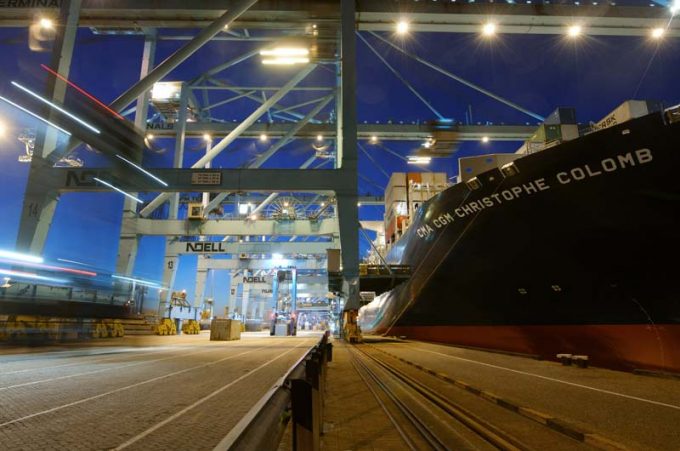Hapag-Lloyd won't take bookings if port congestion leaves cargo stranded
A “cautious” Hapag-Lloyd has warned it will not accept bookings if port congestion leaves cargo ...

Shippers are bracing themselves for a fresh onslaught of freight rate hikes and peak season surcharges (PSS) from April, as ocean carriers reinforce their supply chain dominance across tradelanes.
Carriers have begun to focus on the traditionally low-revenue backhaul routes in order to restore rates to levels that will incentivise them to make equipment available for cargo shipments, rather than using the default option of deadheading empty containers back to Asia.
For headhaul routes, transpacific carriers, having eased off on their GRIs ...
Maersk u-turn as port congestion increases across Northern Europe
Maersk Air Cargo sees volumes fall as it aims for 'margin in favour of revenue'
Keep our news independent, by supporting The Loadstar
Container spot rates diverge: to Europe still falling, but firmer to the US
Hapag-Lloyd won't take bookings if port congestion leaves cargo stranded
Ecommerce likely the front-runner in resurge of transpacific trade after deal
Containership charter market feels the ripples from trade tensions
Airfreight players eye new routes as demand on the transpacific nosedives


Comment on this article